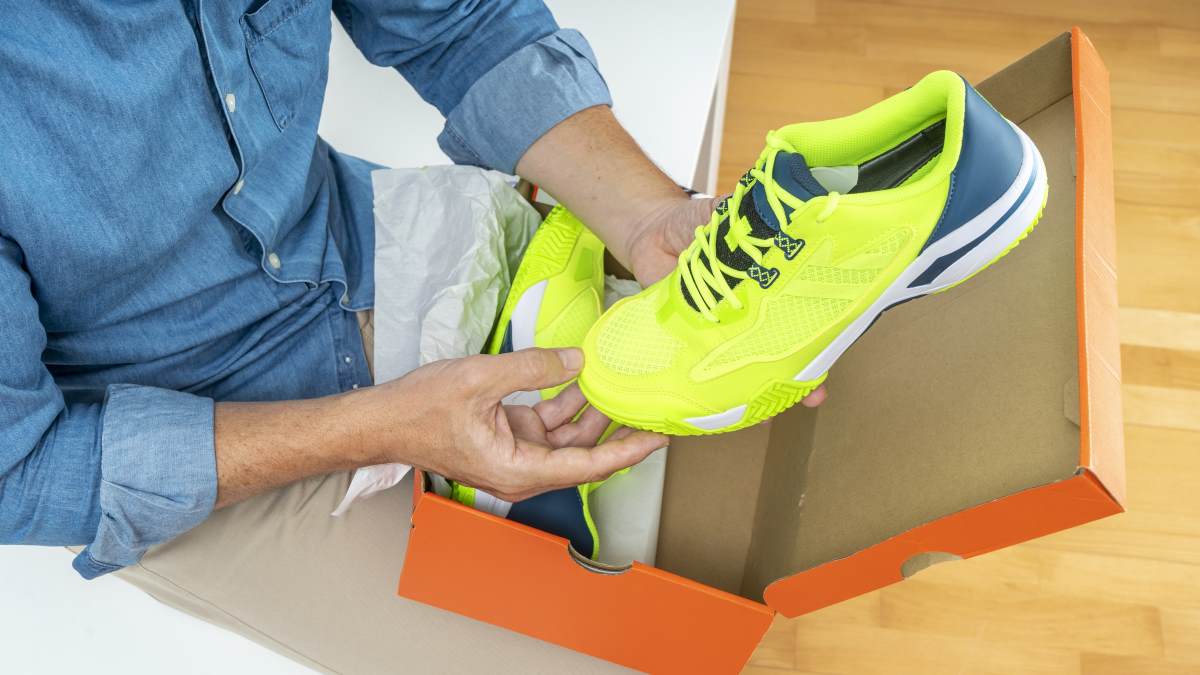Circular fashion brands are hampered by geography, according to a new study.
The study, done by US and UK researchers, finds that activewear brands with post-consumer waste policies often rely on consumers living close by for those policies to work properly.
“Activewear is an area of the fashion market that is growing dramatically as consumers become more aware of healthy lifestyles,” says Professor John Bryson, from the business school at the University of Birmingham, UK.
“Often these products and brands associate themselves with a broader environmental ethic – such as encouraging consumers to have a closer relationship with nature, which can be reflected in product advertising.”
The paper is published in the Cambridge Journal of Regions Economy and Society.
“For our study, we examined 17 ‘eco-friendly’ activewear companies based in Europe and the US that had a post-consumer circular economy policy, such as returning clothing for mending, store credit, recycling or donation,” says Bryson.
“We wanted to see how geography impacted these ‘Waste Reduction Networks.’ These networks might be configured locally, regionally, nationally or internationally.”
Each company had a different waste reduction scheme, including repair, second-hand, and upcycling programs.
But many of these schemes relied on customers living locally, despite the brands shipping globally.
“Eclipse requires customers to return clothing to its headquarters in Colorado, and Filippa K’s preowned market is restricted to those in Sweden. Girlfriend Collective’s initiative is only available in the US even though it ships to Canada, the UK, and Australia, among other global markets,” says Professor Vida Vanchan, a researcher at Buffalo State University, US.
“It is not practical to think that a customer in the UK is going to pay for something to be sent all the way to Colorado, which would have an environmental impact. These Waste Reduction Networks are only really effective for those who can easily access them.”
The fashion industry is one of the world’s biggest polluters, with more than 92 million tonnes of waste produced every year.
“All the activewear companies we looked at have taken steps to improve their environmental impacts and reduce waste, and that is to be applauded,” says Bryson.
“However, we have found that the consumer Waste Reduction Networks offered by these companies are very limited by geography.”
The researchers point out that other tactics could be used to give these waste management schemes global reach.
“One way to help bridge this gap could be to work with intermediaries like e-Bay, Vinted or Depop which have enjoyed huge popularity with eco-conscious consumers,” says Bryson.
“Company-led post-consumer product initiatives need to be supplemented by investments in waste management systems that ensure that most of the clothing is recycled rather than landfilled, which will likely need support from government.
“These initiatives are to be welcomed, but they need to be more accessible to meet the scale of the environmental problem caused by waste clothing.”
















.jpg?itok=F2C4uk0x)




Discussion about this post